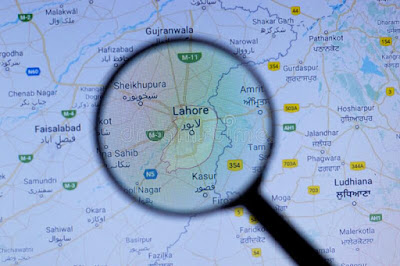A brief history of Karachi city : Karachi was a small fishing village, at the start of 18th century . After the British occupation in 1842, due to the port development (1854) and the railway construction (1861), it became the gateway to the Indus Valley , and the Indian inland cotton, wheat, and other crops were exported to the United Kingdom . From 1891 to 1941, the population surged from 98,000 to 360,000. After Pakistan became independent, it was the capital from 1947-1959. Moved the capital to Rawalpindi in 1959. In 1967. It moved to Islamabad again, but there are still a number of government agencies staying in Karachi , and its political status has remained unchanged for decades. After the 20th century, cities became increasingly prosperous, and by 1972 the population increased by more than 3 million. The rapid population expansion originated from the influx of Muslims who fled from India is due to the partition of India and Pakistan . Karach...









